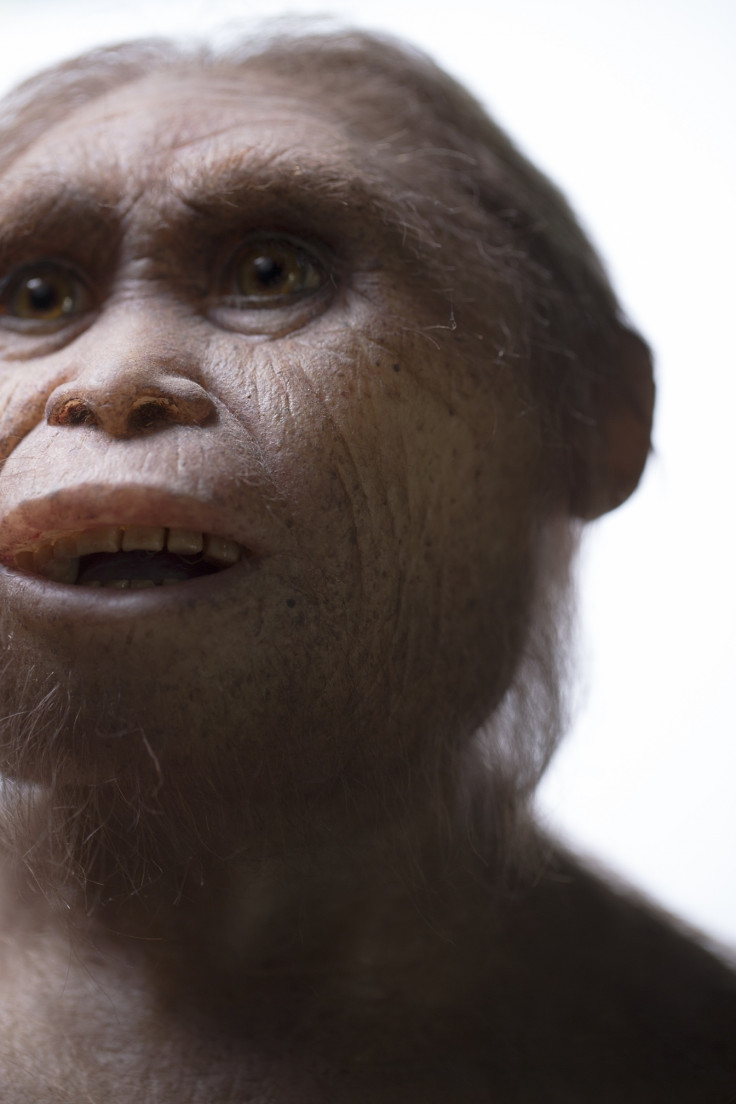Scientists debunk theory that hobbits were man's cousin
Tiny Homo floresiensis lived on Indonesian island of Flores until 52,000 BC.
A tiny race of "hobbits" which thrived on an Indonesian island for hundreds of thousands of years was not directly related to modern man, scientists have concluded.
Nine partial skeletons of the one metre (three feet) tall Homo floresiensis generated worldwide excitement when they were first uncovered in 2003, with some suggesting they were descended from Homo erectus.
There had been suggestions that when Homo erectus reached Flores, it gradually became smaller due to a lack of resources. Some theorised the "hobbits" might even be members of our own species, Homo sapiens, which had shrunk – or even that the skull belonged to someone with Down's syndrome.
Now, however, after much investigations, including the collection of bones from around the world, a study by the Australian National University (ANU) has concluded Homo floresiensis descended from Homo habilis, the first species of human to use tools.

The species was probably the first to leave Africa over two million years ago and reached Flores at least 700,000 years ago, possibly by walking across what was once a land bridge or being swept there by a tsunami. Homo floresiensis died out after Homo sapiens arrived, meaning they probably lived in relative isolation on the 220-mile long island for at least 650,000 years.
Study leader Dr Debbie Argue said the study had found no evidence linking them to Homo erectus.
"We found that if you try and link them on the family tree, you get a very unsupported result," said Dr Argue. "All the tests say it doesn't fit –it's just not a viable theory."
"Homo floresiensis occupied a very primitive position on the human evolutionary tree," said Prof Mike Lee of Flinders University and the South Australian Museum, the Guardian reported. "We can be 99% sure it's not related to Homo erectus and nearly 100% it isn't a malformed Homo sapiens."
© Copyright IBTimes 2024. All rights reserved.









